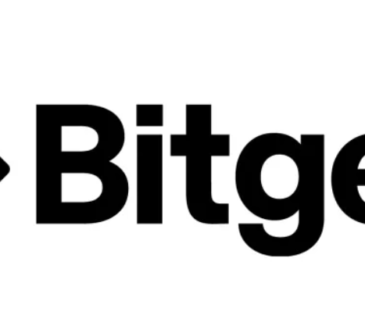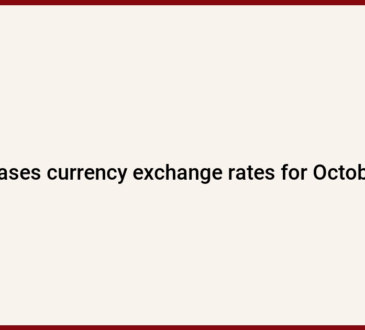What’s going on here?
Sterling is rallying with a 2.4% gain against the dollar, nearing an eight-month high, while the yen gains significant strength amid suspected Bank of Japan intervention.
What does this mean?
Sterling is up 0.3% at $1.2949, marking its best two-week run in nearly eight months. Meanwhile, the yen has surged notably – the most since May – suspected to be a result of intervention by the Bank of Japan (BoJ), pushing the pound down more than 1% against the yen. The UK’s stronger-than-expected economic growth in May has also shifted market expectations, with traders revising their predictions for an August rate cut from the Bank of England (BoE). BoE Chief Economist Huw Pill pointed out persistent strength in services inflation and wage growth, despite headline inflation reaching the 2% target in May. Consequently, forecasts for an August rate cut are now less certain, with market-implied probabilities showing only a 50% chance. Additionally, with the UK’s real interest rate standing at 3.25% against the US’s 2.5%, the pound continues to gather support.
Why should I care?
For markets: Currency dynamics in focus.
The pound’s rally highlights the significant impact of interest rate differentials and economic data on currency markets. Sterling’s current performance suggests that investors are favoring currencies backed by strong economic data and higher real interest rates. Meanwhile, the yen’s gain, potentially driven by BoJ intervention, shows the importance of central bank actions in currency movements. Investors should keep an eye on these trends, as they indicate where market confidence is leaning and potential future shifts.
The bigger picture: Economic interplay and future forecasts.
Sterling’s strong performance and the market’s reaction to UK economic data emphasize the broader role of economic fundamentals in shaping currency markets. The interplay between interest rates, inflation, and central bank policies will continue to drive market movements. With uncertain predictions for BoE’s rate cuts and observed shifts in the futures market probabilities, investors should stay informed on macroeconomic indicators and central bank statements to navigate potential volatility.





